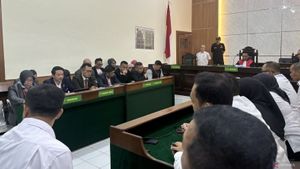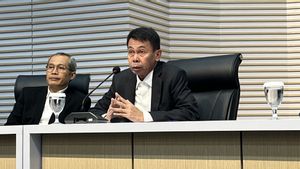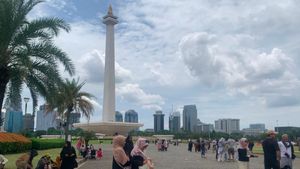JAKARTA - South Korea will launch the Ministry of Population Strategy to address low birth rates and rapidly aging populations and become the country's toughest challenges.
Reported by ANTARA from Yonhap, Monday, July 1, the government announced the plan after a high-level meeting with the ruling party and said that a revised government organization law would be proposed in July for the ministry's launch.
Once formed, the new ministry will focus on strategy and planning for demographic issues, such as low birth rates, population aging, labor force and immigration, which serve as control towers for these issues.
The ministry will also be responsible for formulating medium to long-term population and strategy policies, as well as taking over tasks currently managed by the ministry of health and finance.
It doesn't stop there, the new ministry will be tasked with allocating and coordinating budgets to combat low birth rates in various related ministries.
The new head of the ministry will concurrently serve as deputy prime minister for social affairs, one of the two deputy prime minister positions currently held by the minister of education.
The ministry, after its launch, plans to increase its campaign and public promotion to address demographic challenges, and conduct research and analysis of demographic data.
SEE ALSO:
Earlier, President Yoon Suk Yeol said South Korea was in a national demographic emergency due to declining populations, while pledging to make every effort to address the country's very low birth rate.
"Today, I officially declare a national demographic emergency. We will activate the comprehensive response system between governments so that the problem of low birth rates can be resolved," Yoon said at a meeting held at a children's care center at the HD Hyundai Research and Development Center in Seongnam, south of Seoul (20/6).
South Korea's total fertility rate or the average number of children born to a woman throughout her life, dropped to a new low of 0.72 in 2023, well below the 2.1 substitution rate required to maintain the country's population at 51 million.
The English, Chinese, Japanese, Arabic, and French versions are automatically generated by the AI. So there may still be inaccuracies in translating, please always see Indonesian as our main language. (system supported by DigitalSiber.id)













